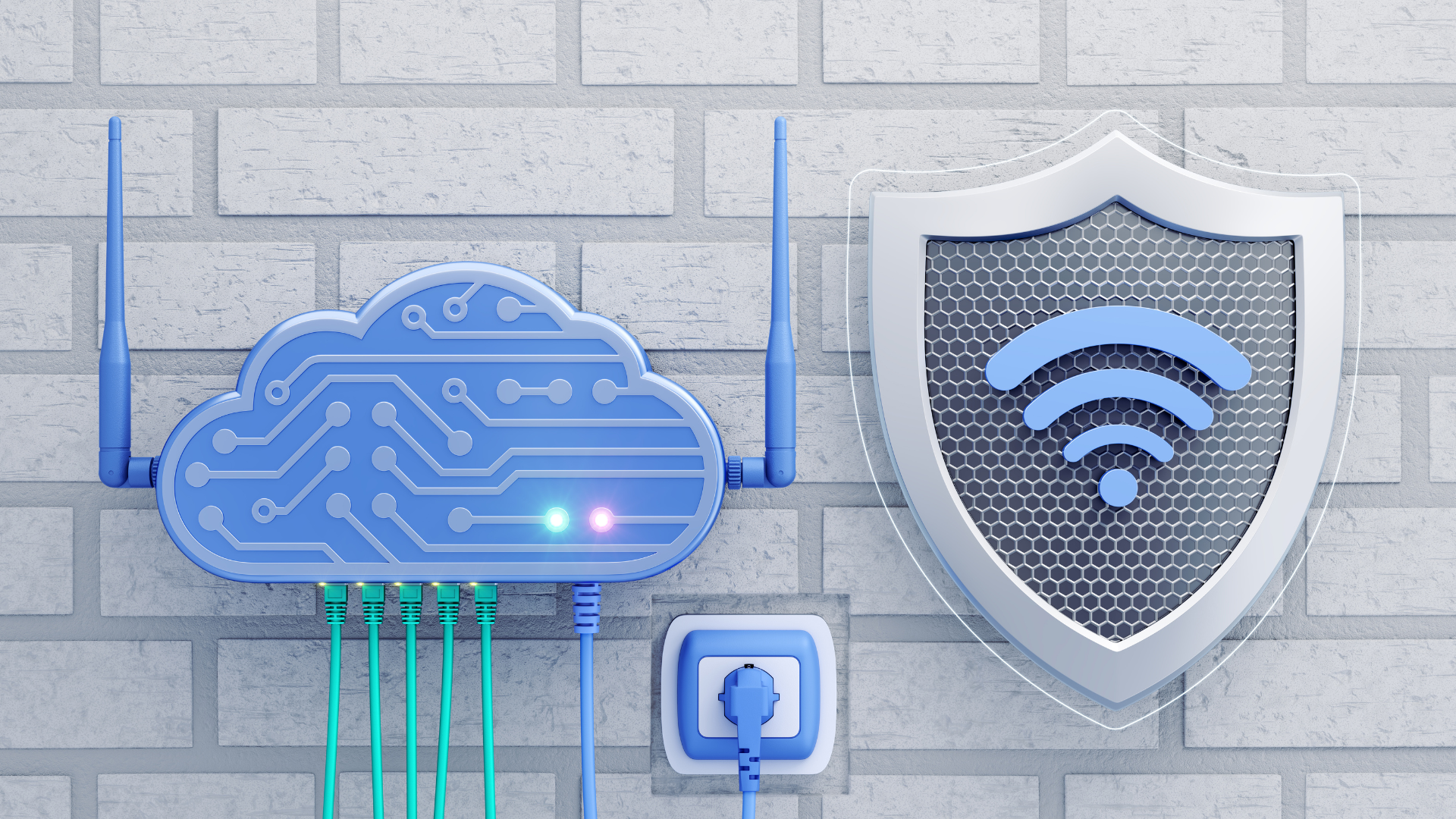The Potential Dangers of Using Public Wi-Fi for Digital Banking Tasks
Introduction
In today’s digital age, almost everyone conducts online transactions. From shopping to banking, the convenience of managing financial activities from anywhere using public Wi-Fi networks is undeniable. However, it’s essential to understand the potential risks associated with accessing personal and sensitive information over such networks. In this article, we will explore some of the dangers of using public Wi-Fi for completing digital banking tasks and suggest measures to ensure secure online banking experiences.
1. Unsecured Networks
Public Wi-Fi networks, such as those found in coffee shops, airports, or hotels, are often unsecured and lack encryption protocols. This makes them susceptible to cybercriminals who can intercept data transmitted between your device and the network. By utilizing various techniques like packet sniffing or eavesdropping, hackers can gain unauthorized access to your personal information, including login credentials, banking details, and transaction history.
2. Man-in-the-Middle Attacks
One of the most common dangers of using public Wi-Fi for digital banking tasks is the risk of falling victim to Man-in-the-Middle attacks. In this scenario, an attacker intercepts the communication between your device and the website or app you’re accessing. They can then manipulate or steal the transmitted data without your knowledge. This could lead to unauthorized transactions, identity theft, or even compromise your online banking security in the long run.
3. Fake Wi-Fi Networks
Cybercriminals often set up rogue or fake Wi-Fi networks with names similar to legitimate public networks. Unsuspecting users may unknowingly connect to these networks, thinking they are accessing a secure connection. Once connected, these fake networks allow hackers to monitor your online activities, including your digital banking transactions. They can capture sensitive information and misuse it for illicit purposes, potentially resulting in financial losses.
4. Malicious Software
Public Wi-Fi networks are breeding grounds for malware and other malicious software. If an attacker successfully compromises the network, they can easily distribute malware to any connected device, including yours. Once infected, malware can track keystrokes, steal login credentials, or gain remote access to your banking accounts. Such scenarios can lead to unauthorized transactions, compromised personal information, and financial devastation.
Tips for Secure Digital Banking on Public Wi-Fi
1. Use a Virtual Private Network (VPN): A VPN encrypts your internet connection and shields your online activities from potential eavesdroppers by creating a secure, encrypted tunnel.
2. Verify Network Authenticity: Always ensure you are connecting to a legitimate and trusted public Wi-Fi network. Confirm the network name with relevant staff or use a mobile network hotspot.
3. Enable Two-Factor Authentication (2FA): Implementing 2FA adds an extra layer of security to your digital banking transactions by requiring a verification code along with your password.
4. Avoid Sensitive Transactions: Refrain from conducting highly sensitive transactions, such as transferring large sums of money or updating personal details, while connected to public Wi-Fi.
5. Keep Software Updated: Regularly update your operating system, web browser, and antivirus software to protect against known vulnerabilities and security threats.
Conclusion
While public Wi-Fi networks offer convenience, they also pose considerable risks when it comes to completing digital banking tasks. The potential dangers of unsecured networks, man-in-the-middle attacks, fake Wi-Fi networks, and malicious software should not be taken lightly. By following the suggested security measures and exercising caution, users can significantly minimize the risks associated with conducting digital banking on public Wi-Fi. Safeguarding personal information and ensuring secure financial transactions should always be a top priority in the digital realm.


